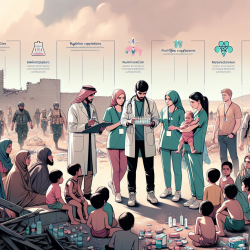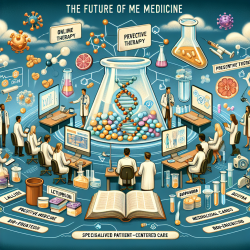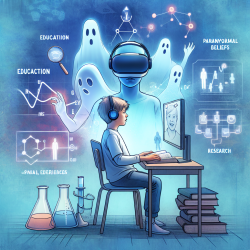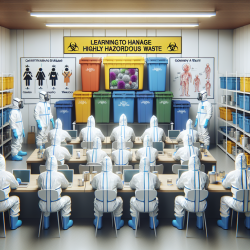Introduction
In conflict-affected regions, the health of vulnerable populations, including children and adolescents, is often compromised due to disrupted healthcare systems. A recent study titled Tracking Development Assistance for Reproductive, Maternal, Newborn, Child, and Adolescent Health in Conflict-Affected Countries provides valuable insights into the allocation of development assistance (DA) and its impact on health outcomes in these challenging environments.
Key Findings from the Study
The study analyzed DA trends from 2003 to 2017 across 25 conflict-affected countries, revealing a seven-fold increase in funding for reproductive, maternal, newborn, child, and adolescent health (RMNCAH). However, the distribution of funds was not proportional to the disease burden, with adolescent health receiving only 3% of the DA despite contributing 15% to RMNCAH-related disability-adjusted life years (DALYs).
Implications for Practitioners
Practitioners working in conflict-affected areas can leverage these findings to advocate for more equitable distribution of resources. Here are some actionable steps:
- Advocacy for Adolescent Health: Given the disproportionate allocation of resources, practitioners should advocate for increased funding towards adolescent health, focusing on non-communicable diseases and mental health, which are major contributors to DALYs.
- Data-Driven Decision Making: Utilize data from studies like this to inform program development and resource allocation, ensuring that interventions are aligned with the actual health needs of the population.
- Collaboration with Donors: Engage with donors to highlight the importance of investing in underfunded areas such as adolescent health, emphasizing the long-term benefits of such investments.
Encouraging Further Research
While the study provides a comprehensive overview of DA trends, there is a need for further research to explore the impact of DA on health outcomes. Practitioners and researchers are encouraged to investigate:
- Cost-Effectiveness of Interventions: Identify which interventions provide the greatest health benefits per dollar spent, particularly in underfunded areas like adolescent health.
- Longitudinal Health Outcomes: Study the long-term health outcomes of populations in conflict-affected areas to better understand the effectiveness of DA.
- Innovative Funding Models: Explore new funding models that can provide more stable and predictable resources for health interventions in conflict zones.
Conclusion
The study underscores the need for a more balanced approach to funding allocation that aligns with the health needs of conflict-affected populations. By focusing on data-driven decisions and advocating for equitable resource distribution, practitioners can enhance health outcomes for children and adolescents in these challenging environments.
To read the original research paper, please follow this link: Tracking development assistance for reproductive, maternal, newborn, child and adolescent health in conflict-affected countries.










